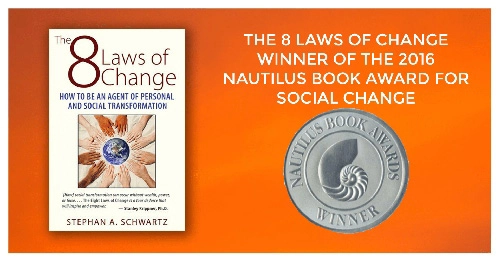Abortion rates are at an all-time low in the developed world, having dropped by more than 40 percent over the past 25 years. But in developing countries—many of which have outlawed abortion and make contraception difficult to access—the rate of abortions has stayed nearly constant, according to a new report from the Guttmacher Institute and the World Health Organization.
The new estimates, published Wednesday in the Lancet, provide another bit of evidence that criminalizing abortion does not curb the practice. In countries where abortion is completely illegal or permitted only to save the life of the pregnant woman, the most recent data places the average annual abortion rate at 37 per 1,000 women aged 15 to 44. In countries where abortion is legal in most cases, the rate is 34 per 1,000 women.
“The obvious interpretation is that criminalizing abortion does not prevent it but, rather, drives women to seek illegal services or methods,” wrote Diana Greene Foster of the University of California’s Advancing New Standards in Reproductive Health in a comment linked to the report. “But this simple story overlooks the many women who, in the absence […]

Ben Rhodes
Historians so inclined will have a blast when their turn comes to dissect the Obama administration and its people. I do not mean the old-line “presidential historians,” story-telling hagiographers such as Stephen Ambrose or the insufferable David McCullough. Obama will have to wait a while for somebody of this set to embalm him to take what place he might among our mythologized tenants of the White House.
We want educated judgment—admittedly hard to find when our commanders-in-chief are tucked in between hard covers. We are finishing up eight years of a very complex presidency—a truth one can sign on for regardless of one’s judgment of the man and his two […]

Credit: Mike Groll/AP
Honeybees are in trouble. To many people, this comes as no surprise, but the preliminary results of an annual survey have thrown the problem into sharp relief.
In their tenth annual survey, the Bee Informed Partnership found that beekeepers across the United States lost 44 percent of their honeybee colonies during the year from April 2015 to April 2016.
The pollination services of these insects are vital, directly or indirectly accounting for a staggering one third of all food we eat, and the pollinators face many varied challenges.
But the situation is not without hope, as players from all parts of society are searching for solutions to the increasingly critical threats to bees.
“We didn’t expect there to be losses in the summer,” says Dennis vanEngelsdorp, project director for the Bee Informed Partnership, in a telephone interview with The Christian Science Monitor. “We started looking at summer losses five years ago, and there wasn’t much loss. Now, they [summer and winter losses] are basically the same.”
This particular study, which captures responses from about 15 […]

Cartoon by Michael Osbun
Of all the problems besetting Los Angeles, the most fundamental is this: It doesn’t have much of a middle class.
Like the nation as a whole, only more so, L.A.’s economy has morphed over the last half-century from one that featured widespread prosperity to one in which the pay is too damn low and the rent is too damn high. That was the conclusion of the real-estate website Zillow, which determined that L.A. ranked first among the 35 largest American cities last year in the percentage of income that residents with median-income levels had to pay, on average, for rent (49%; the national average was just 30%). Millions of Angelenos can barely afford to be Angelenos.
At the root of L.A.’s decline […]
 The vast majority of philosophy departments in the United States offer courses only on philosophy derived from Europe and the English-speaking world. For example, of the 118 doctoral programs in philosophy in the United States and Canada, only 10 percent have a specialist in Chinese philosophy as part of their regular faculty. Most philosophy departments also offer no courses on Africana, Indian, Islamic, Jewish, Latin American, Native American or other non-European traditions. Indeed, of the top 50 philosophy doctoral programs in the English-speaking world, only 15 percent have any regular faculty members who teach any non-Western philosophy. (emphasis added)
The vast majority of philosophy departments in the United States offer courses only on philosophy derived from Europe and the English-speaking world. For example, of the 118 doctoral programs in philosophy in the United States and Canada, only 10 percent have a specialist in Chinese philosophy as part of their regular faculty. Most philosophy departments also offer no courses on Africana, Indian, Islamic, Jewish, Latin American, Native American or other non-European traditions. Indeed, of the top 50 philosophy doctoral programs in the English-speaking world, only 15 percent have any regular faculty members who teach any non-Western philosophy. (emphasis added)
Given the importance of non-European traditions in both the history of world philosophy and in the contemporary world, and given the increasing numbers of students in our colleges and universities from non-European backgrounds, this is astonishing. No other humanities discipline demonstrates this systematic neglect of most of the civilizations in its domain. The present situation is hard to justify morally, politically, epistemically or as good educational and research training […]









